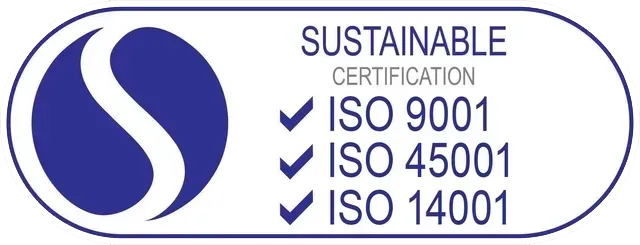Powerline Construction in Condobolin
- Level 1 & 2 Accredited
- Family-Owned Electrical Experts
- Safe & Compliant Solutions
Request A Call Back in Condobolin
Thank you for contacting Country Powerline Constructions.
We will get back to you as soon as possible.
Please try again later.
Condobolin Powerline Construction
Planning powerline construction in Condobolin means working with the right team — one that understands not only the technical requirements but also how to keep a job on schedule and compliant from day one. At Country Powerline Constructions, we install overhead and underground systems for private properties, subdivisions and infrastructure projects. Every job is approached with care, precision and a solid understanding of the standards that apply to the site.
We manage the full process, from layout and installation to final testing. Our clients rely on us to complete work that’s practical, tidy and built for long-term reliability. If you’re ready to begin powerline construction in Condobolin, call 02 6882 0354to get things moving.
How We Work
We begin each project by reviewing the approved network design and inspecting the site. Our crew marks out the required line or trench route, confirms access points and prepares the area for work. For overhead installations, we set poles, fit all structural hardware and install conductors under tension, maintaining safe clearance distances and accurate spacing throughout.
With underground systems, our team trenches to regulated depths, lays conduit with bedding and marker tape, and draws cables through without strain or twisting. Once installed, the system is tested thoroughly — including earth continuity, resistance and cable insulation. All work is recorded and documented for distributor approval. Our approach ensures every job is delivered safely, efficiently and with the kind of detail that prevents problems later down the track.
Frequently Asked Questions
What are the main differences between single-phase and three-phase powerlines?
Single-phase systems are typically used for residential or low-load applications, delivering power through two conductors. Three-phase systems use three active conductors and a neutral, allowing for higher power capacity and more efficient delivery over long distances. The choice depends on load requirements, property type, and future expansion plans. Three-phase is generally preferred for commercial or large rural properties.
What happens if incorrect cable installation occurs?
Improper installation can lead to insulation damage, phase imbalance, poor earthing, or early system failure. If identified during testing, the affected sections must be isolated, repaired or replaced before the system can be approved for connection. Prevention is key — qualified installers follow precise handling procedures, use the correct materials, and test each part of the system to confirm safe performance.
How are conductor terminations handled in overhead networks?
Conductor terminations must maintain mechanical strength and electrical conductivity. This involves using correctly rated clamps, insulators, and protective components to prevent moisture ingress or vibration damage. Each termination is tightened to the manufacturer’s specifications and positioned to maintain proper clearance. Final checks ensure there’s no strain or movement that could affect long-term reliability.
What steps are taken to protect existing underground services during trenching?
Before excavation begins, crews conduct a service locate to identify the position of water, gas, telecom and other underground assets. This may involve dial-before-you-dig services, ground scans or visual markers. Once located, trenches are planned to avoid clashes, and protective barriers or rerouting methods are used where necessary to preserve safety and avoid service disruption.







